Home>Garden Essentials>When Can I Plant Grass Seed
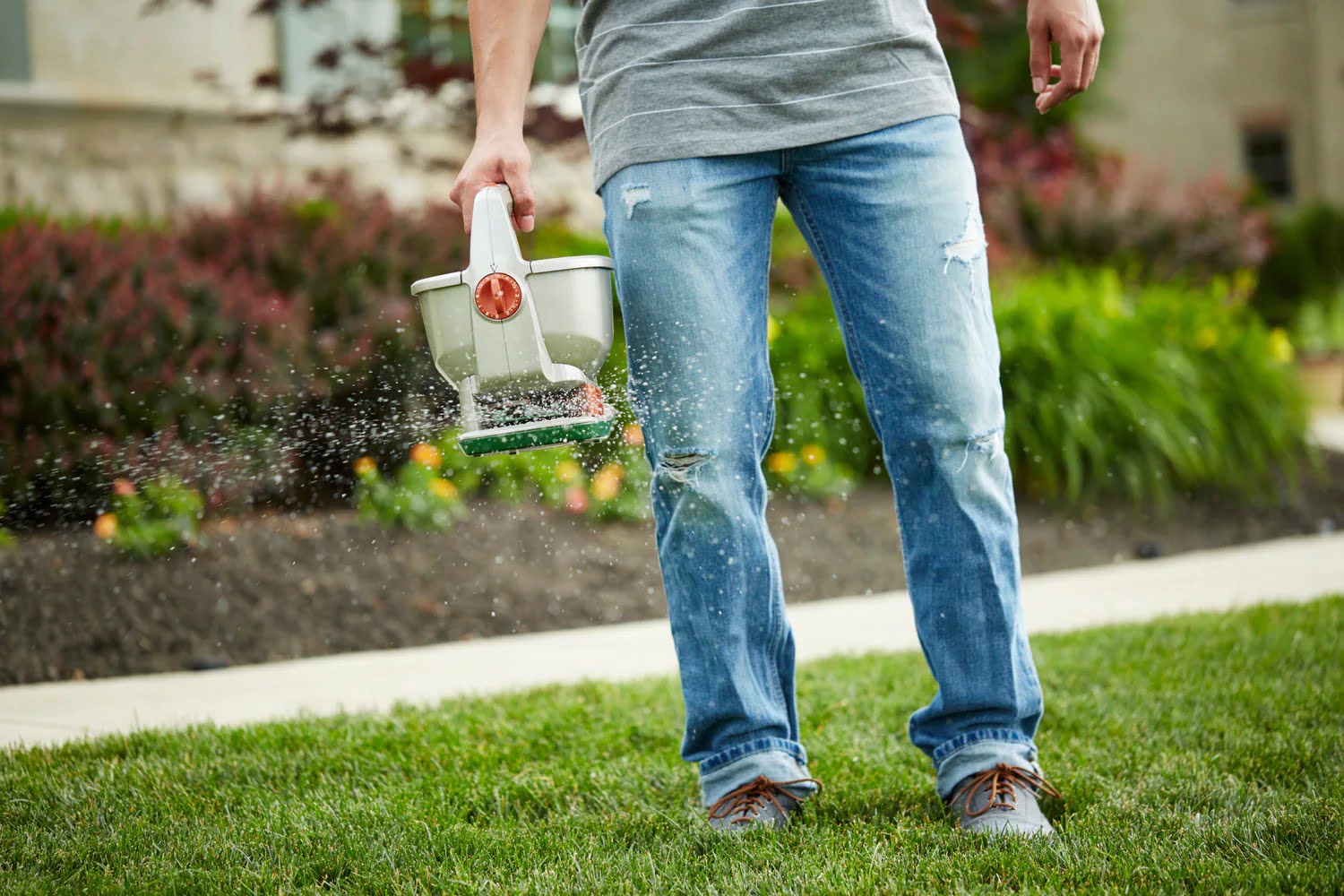

Garden Essentials
When Can I Plant Grass Seed
Modified: March 16, 2024
Discover the best time to plant grass seed in your garden. Find expert tips and advice on when and how to create a lush, green lawn.
(Many of the links in this article redirect to a specific reviewed product. Your purchase of these products through affiliate links helps to generate commission for Storables.com, at no extra cost. Learn more)
Introduction
Welcome to the world of gardening! If you”re looking to transform your outdoor space into a lush green haven, planting grass seed is the perfect place to start. Whether you”re reviving a tired lawn or starting from scratch, the process of planting grass seed requires careful consideration and proper techniques to ensure successful growth.
In this article, we”ll explore the factors you need to consider before planting grass seed, the best time to plant, how to prepare the soil, choosing the right grass seed, techniques for planting, and how to care for your newly planted grass seed.
So, let”s dive in and discover when you can plant grass seed to achieve a beautifully manicured lawn that will be the envy of the neighborhood.
Key Takeaways:
- Choose the right grass seed by considering climate, soil, and usage. Timing matters – spring and fall are ideal for planting, but pick the right species for your region.
- Prepare the soil, plant with care, and provide ongoing maintenance for healthy grass seed growth. Troubleshoot issues like poor germination and weed competition with patience and proper techniques.
Read more: When Can I Plant Hollyhock Seeds
Factors to Consider before Planting Grass Seed
Before you embark on your grass seed planting journey, there are a few important factors to consider. These factors will determine the success and longevity of your lawn, so it”s crucial to assess them before you start:
- Climate: Understanding your region”s climate is essential in choosing the right grass seed. Some grass types thrive in cooler temperatures, while others are more suited to hot and humid climates. Factors such as rainfall and temperature variations throughout the year should be taken into account.
- Soil Quality: Assessing your soil”s health is vital for the proper growth of grass seed. Conduct a soil test to determine its pH levels, nutrient content, and texture. This will help you make any necessary amendments to create an optimal growing environment.
- Sunlight: The amount of sunlight your lawn receives daily is a key consideration. Different grass species have various light requirements, so evaluate your landscape”s sun exposure to select the right grass seed.
- Water Availability: Adequate water supply is crucial for seed germination and lawn establishment. Consider the availability of irrigation systems or natural rainfall in your area before planting grass seed.
- Usage: Assess how you intend to use your lawn. Will it be a high-traffic area or primarily for landscaping purposes? This will help you select a grass seed variety that can withstand wear and tear or offer a more ornamental appearance.
- Pest and Disease Resistance: Some grass seed varieties have built-in resistance to common pests and diseases. Considering the prevalence of specific pests or diseases in your area can help you choose resilient grass seed that requires less maintenance.
By taking these factors into account, you can make informed decisions and select the most suitable grass seed for your specific environment. Planning ahead and understanding your lawn”s unique requirements will set the stage for a thriving and healthy green space.
Best Time to Plant Grass Seed
The timing of when you plant grass seed is crucial for successful establishment and growth. While the specific timing may vary depending on your climate zone and the type of grass seed you choose, there are some general guidelines to keep in mind:
Spring: Spring is often considered the best time to plant grass seed. As temperatures rise and the soil begins to warm up, favorable conditions for seed germination and growth are created. The mild weather and increased rainfall support the establishment of young grass plants.
Fall: Fall is also an excellent time to plant grass seed. As the temperatures become cooler, the soil remains warm, creating an optimal environment for seed germination and root development. Fall planting allows the grass to establish strong roots before winter arrives, resulting in a well-established lawn by the following spring.
It’s important to note that certain grass species, such as cool-season grasses like Kentucky bluegrass and fescue, thrive in spring and fall planting. Warm-season grasses like Bermuda grass and Zoysia grass, on the other hand, are best planted in late spring or early summer when soil temperatures are consistently warm.
When determining the best time to plant grass seed, consider factors such as average temperatures in your region, rainfall patterns, and the specific requirements of the grass species you plan to sow. Consulting with a local garden center or extension service can provide valuable insights tailored to your specific area.
In addition to considering the timing, it’s important to ensure that the soil is adequately prepared before planting. The next section will dive into the steps you should take to prepare the soil for successful grass seed growth.
Preparing the Soil for Planting Grass Seed
Properly preparing the soil is essential for the successful establishment of grass seed. Follow these steps to ensure your soil is ready to provide the ideal growing environment:
- Remove debris: Start by clearing the area of any debris, such as rocks, sticks, and weeds. These can hinder seed germination and the growth of young grass plants.
- Test the soil: Conduct a soil test to determine its pH level and nutrient content. This will help you understand if any amendments are necessary to create an optimal growing environment for the grass seed.
- Aerate the soil: If your soil is compacted, it may benefit from aeration. This process involves creating small holes in the soil to improve air circulation, water drainage, and root penetration.
- Level the soil: Using a rake or leveling tool, ensure that the soil is even and level across the planting area. This will prevent water pooling and uneven growth of the grass seed.
- Add soil amendments: Based on the results of your soil test, amend the soil with organic matter, such as compost, to improve its texture and nutrient content. This will create a fertile foundation for the grass seed.
- Loosen the topsoil: Use a garden tiller or a garden fork to gently loosen the top layer of soil. This will create a loose and crumbly surface, allowing the grass seed to make good contact with the soil for optimal germination.
By following these steps, you will create an ideal environment for grass seed germination and root development. Healthy soil is the bedrock of a successful lawn, providing the necessary nutrients and support for your grass to thrive. Once the soil is properly prepared, it’s time to choose the right grass seed for your lawn, which we will explore in the next section.
Choosing the Right Grass Seed
When it comes to choosing grass seed for your lawn, there are several factors to consider. The right grass seed selection will depend on your specific climate, soil conditions, desired appearance, and usage. Here are some key points to keep in mind:
- Climate: Select grass seed varieties that are well-suited to your climate. Cool-season grasses, such as Kentucky bluegrass and fescue, thrive in regions with cold winters and moderate summers. Warm-season grasses, like Bermuda grass and Zoysia grass, are better suited for areas with hot summers and mild winters.
- Soil Conditions: Assess your soil’s pH level, nutrient content, and drainage. Different grass species have different tolerance levels and requirements for soil conditions. Choose grass seed varieties that are known to perform well in your soil type.
- Appearance: Determine the desired appearance of your lawn. Some grass seed varieties offer a fine-textured, lush appearance, while others may have a thicker, coarser look. Consider the aesthetic appeal you want to achieve when selecting grass seed.
- Usage: Evaluate the level of foot traffic and usage your lawn will experience. If you have children or pets who will be regularly using the lawn, choose grass seed varieties that are known for their durability and ability to withstand heavy use.
- Maintenance: Consider the level of maintenance you are willing to commit to. Some grass species require more frequent watering, mowing, and fertilization, while others are more low-maintenance.
It’s also worth noting that many grass seed varieties are available as blends, combining different grass species to offer a balance of characteristics. These blends can provide a more resilient and visually appealing lawn.
Consult with local gardening experts or professionals at your garden center to get recommendations based on the specific conditions of your lawn. They can provide guidance on the most suitable grass seed varieties for your region.
Once you have selected the right grass seed, it’s time to move on to the next step: properly planting the grass seed. We’ll explore the techniques for planting grass seed in the following section.
You can plant grass seed in the early spring or early fall when the soil is warm and moist. Avoid planting in the heat of summer or during freezing temperatures. Keep the soil consistently moist for the best results.
Read more: When Can I Plant Cantaloupe Seeds
Proper Techniques for Planting Grass Seed
To ensure successful germination and establishment of your grass seed, it’s important to follow proper planting techniques. These steps will help you achieve optimal results:
- Prepare the seeding area: Use a rake to remove any large debris and create a smooth surface for planting. Ensure that the soil is evenly spread and level.
- Calculate seed and fertilizer requirements: Follow the recommended seeding rates provided by the grass seed manufacturer. Additionally, determine if your soil requires any fertilizer amendments based on your soil test results.
- Divide the seeding area: If your lawn is large, divide the area into smaller sections for easier and more uniform coverage.
- Apply the grass seed: Use a broadcast spreader or hand spreader to uniformly distribute the grass seed across the prepared area. Start by spreading half the seed in one direction, then the other half at a 90-degree angle to ensure even coverage.
- Rake the seed into the soil: Use a rake to lightly work the grass seed into the top 1/4 inch of the soil. This will improve seed-to-soil contact, which is crucial for germination.
- Water the seeded area: After planting, thoroughly water the seeded area to ensure that the soil is adequately moist. Avoid excessive water that can cause pooling or runoff.
- Maintain moisture: Keep the seeded area consistently moist until the grass seed germinates and establishes. This may require light, frequent waterings to prevent the soil from drying out.
- Limit foot traffic: Minimize foot traffic on the newly seeded area to avoid damaging the fragile grass seedlings. Place signs or barriers to remind others to stay off the area.
- Mow when necessary: Once the grass seed has germinated and the new grass reaches a height of about 3-4 inches, you can carefully mow it for the first time. Be gentle to avoid uprooting or damaging the grass seedlings.
By following these proper techniques for planting grass seed, you give your lawn the best chance for successful growth. Remember to be patient, as it may take several weeks for the grass seed to germinate and establish into a lush green carpet.
In the next section, we will discuss the essential steps for caring for newly planted grass seed to ensure its long-term health and vigor.
Caring for Newly Planted Grass Seed
Proper care is crucial during the early stages of grass seed growth to ensure healthy establishment and long-term success. Here are the essential steps to care for newly planted grass seed:
- Watering: Water the seeded area regularly to keep the soil consistently moist. Avoid overwatering, as it can lead to disease and shallow root growth. Aim for light, frequent waterings to prevent the soil from drying out.
- Mowing: Once the new grass reaches a height of about 3-4 inches, it’s time for the first mowing. Set your mower to a height of around 2 inches to avoid cutting the grass too short, which can stress the young seedlings.
- Fertilizing: After the new grass has been mowed a few times and established itself, apply a slow-release fertilizer according to the manufacturer’s instructions. This will provide essential nutrients for healthy growth.
- Weed control: Keep an eye out for weeds that may compete with the newly planted grass seedlings. Use a hand-pull method or apply an appropriate herbicide if necessary. Be careful to follow the label instructions to avoid harming the new grass.
- Limit foot traffic: Avoid heavy foot traffic on the newly planted area until the grass has fully matured and established. This will allow the roots to grow deep and strengthen the lawn.
- Avoid excessive use of pesticides: If possible, minimize the use of chemical pesticides while the grass is in its early stages of growth. Opt for natural pest control methods and spot treat problem areas if needed.
- Regular maintenance: Once the grass has fully established, continue with regular maintenance practices such as mowing, watering, and fertilizing according to the specific requirements of the grass species you’ve planted.
By providing proper care and attention to your newly planted grass seed, you will encourage healthy growth and ensure the long-term vitality of your lawn. Remember to be patient as the grass gradually fills in and becomes more resilient. With time and consistent care, you will soon enjoy a lush, vibrant, and healthy lawn.
In the next section, we will address some common issues that can arise during the grass seed planting process and how to troubleshoot them.
Troubleshooting Common Grass Seed Planting Issues
While planting grass seed can be a rewarding experience, it’s not uncommon to encounter some challenges along the way. Here are some common issues that may arise during the grass seed planting process and how to troubleshoot them:
- Poor germination: If you notice patches of poor or uneven germination, it could be due to insufficient soil-to-seed contact. Rake the area lightly to improve seed-to-soil contact, and make sure the soil is consistently moist to support germination.
- Weed competition: Weeds can compete with grass seedlings for resources, inhibiting their growth. Hand-pull weeds as soon as you spot them or use an appropriate herbicide for effective control. Be careful when using herbicides to avoid damaging the new grass.
- Soil erosion: Heavy rain or irrigation can cause soil erosion, washing away grass seed and exposing the soil. To prevent this, apply a light layer of straw or mulch over the seeded area to protect it and help retain moisture.
- Poor soil quality: If your soil is lacking essential nutrients, it can hinder the growth of grass seed. Conduct a soil test and amend the soil with organic matter or a suitable fertilizer to improve its quality and provide the necessary nutrients.
- Overwatering or underwatering: Finding the right balance of watering is crucial. Overwatering can lead to shallow root growth and disease, while underwatering can prevent proper germination and growth. Adjust your watering schedule as needed to maintain a consistently moist but not saturated soil.
- Animal damage: Animals, such as birds, squirrels, or even pets, may be attracted to the freshly planted grass seed. Use bird netting or other deterrents to protect the area. If necessary, repair any damage caused by animals and reseed those areas.
Remember, patience is key when troubleshooting grass seed planting issues. It may take some time and adjustment to find the right solutions for your specific situation. By addressing these challenges promptly and implementing the necessary actions, you can ensure the successful establishment and growth of your grass seed.
Now that we have covered troubleshooting, let’s summarize the main points discussed in this article.
Conclusion
Planting grass seed is a rewarding endeavor that can transform your outdoor space into a beautiful and vibrant lawn. By considering factors such as climate, soil quality, sunlight, water availability, usage, and pest resistance, you can select the right grass seed for your specific needs.
Timing is crucial when it comes to planting grass seed. Spring and fall are generally the best seasons for grass seed germination and establishment, but it’s essential to choose a grass species that is well-suited to your climate and region.
Preparing the soil is a critical step in ensuring successful grass seed growth. Removing debris, testing the soil, aerating, and adding necessary amendments create an optimal environment for the seeds to take root. Once the soil is prepared, evenly spreading the grass seed, lightly raking it into the soil, and providing consistent watering are key to promoting germination and growth.
Caring for newly planted grass seed involves ongoing maintenance such as regular watering, proper mowing techniques, fertilization as needed, weed control, and limiting foot traffic. Paying attention to these tasks will promote a healthy and thriving lawn.
While challenges may arise during the grass seed planting process, troubleshooting common issues such as poor germination, weed competition, soil erosion, and proper watering techniques can help overcome these obstacles and promote successful grass seed establishment.
Remember, patience is essential throughout this process. It takes time for grass seed to germinate, grow, and fill in. With consistent care and proper attention to the specific needs of your lawn, you can enjoy the beauty and satisfaction of a lush and healthy grassy landscape.
So, roll up your sleeves, prepare your soil, choose the right grass seed, plant with care, and watch as your lawn transforms into a stunning oasis you can be proud of.
Frequently Asked Questions about When Can I Plant Grass Seed
Was this page helpful?
At Storables.com, we guarantee accurate and reliable information. Our content, validated by Expert Board Contributors, is crafted following stringent Editorial Policies. We're committed to providing you with well-researched, expert-backed insights for all your informational needs.
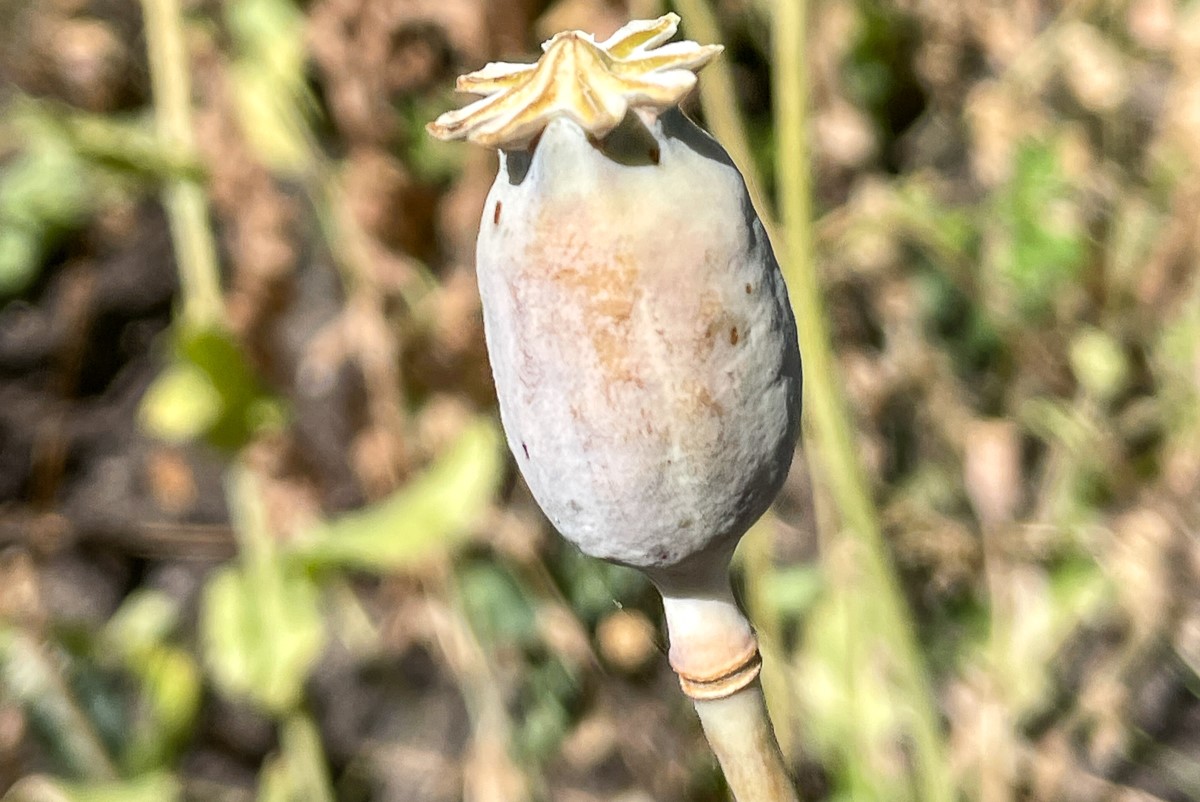
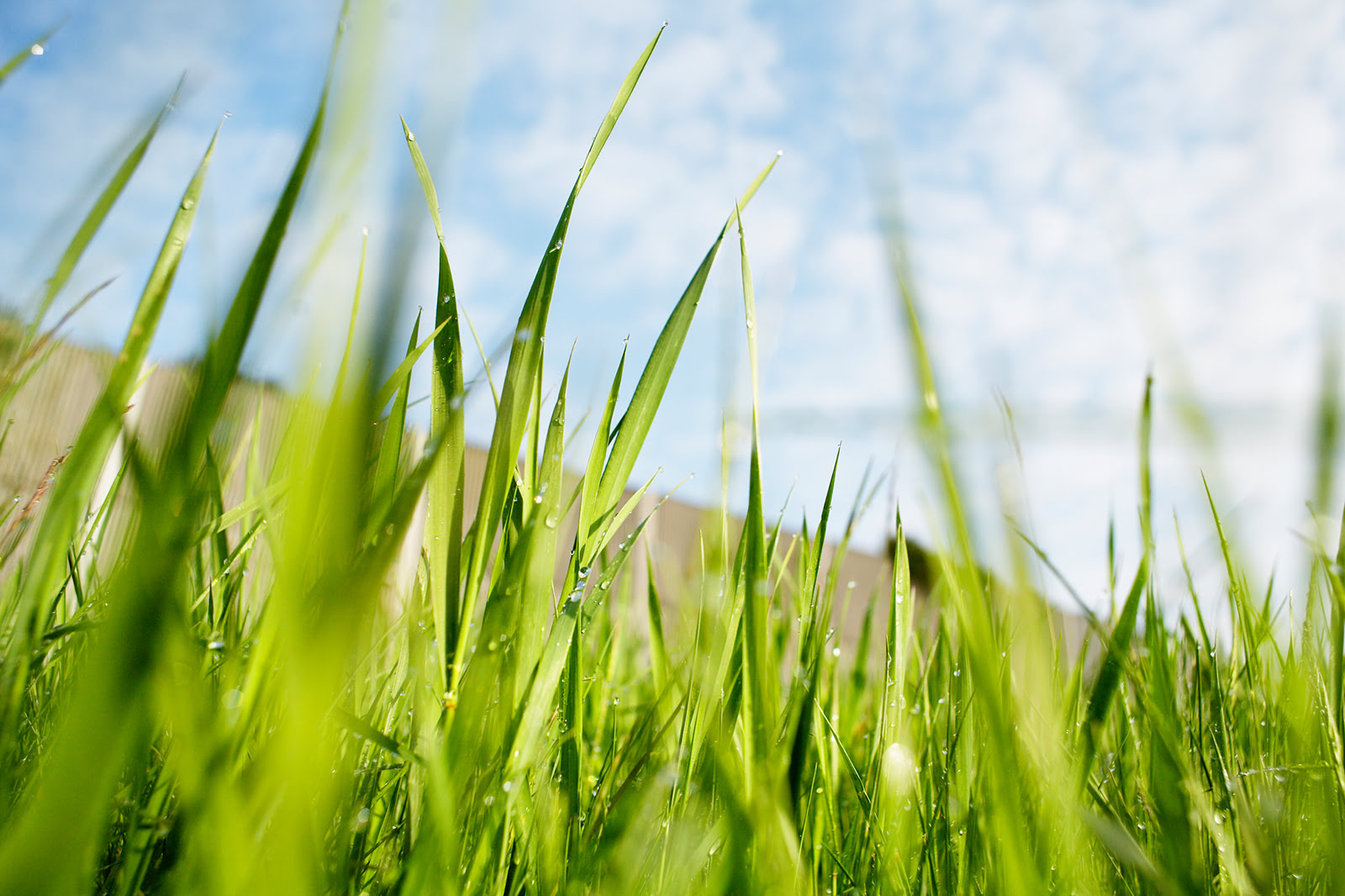
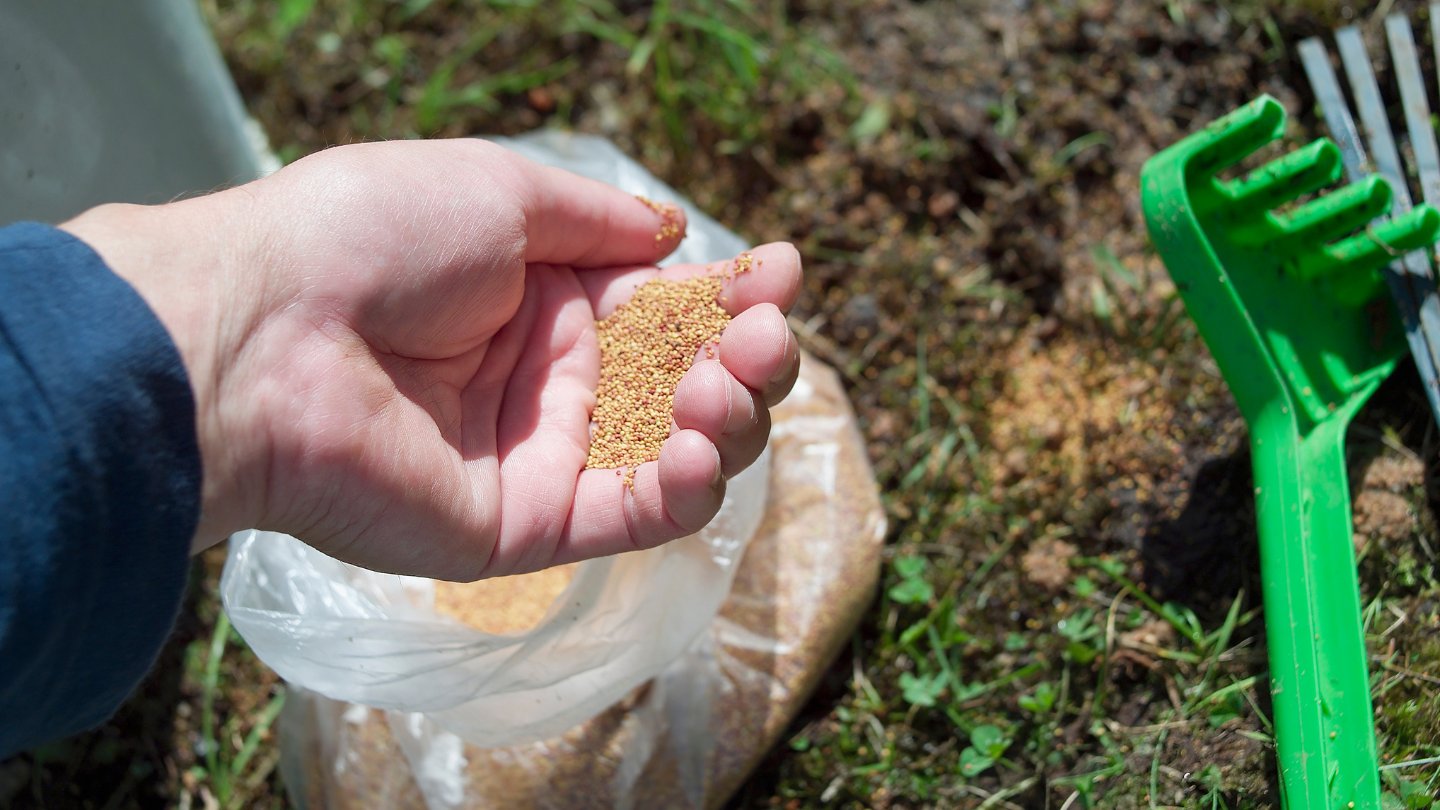



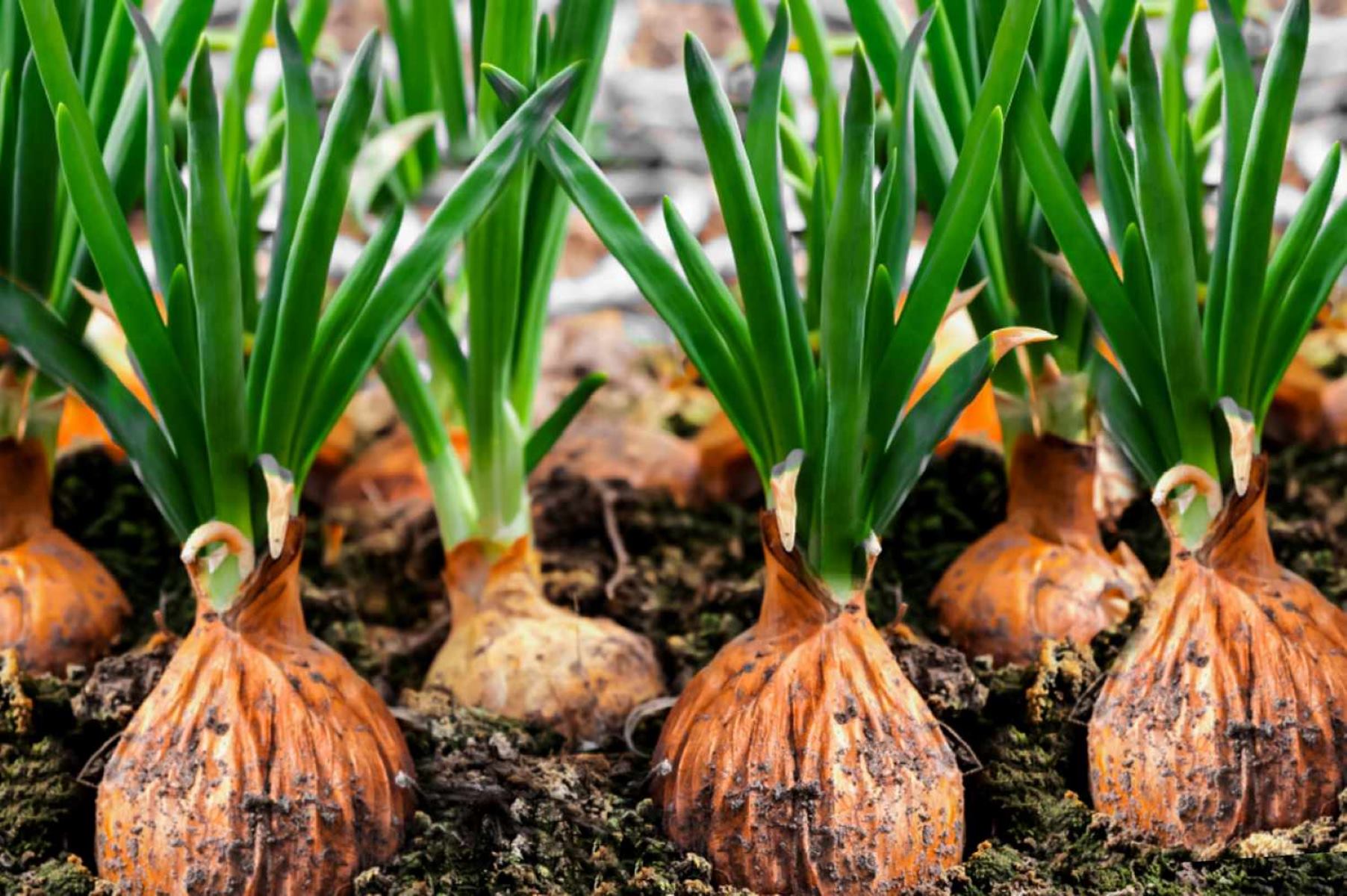
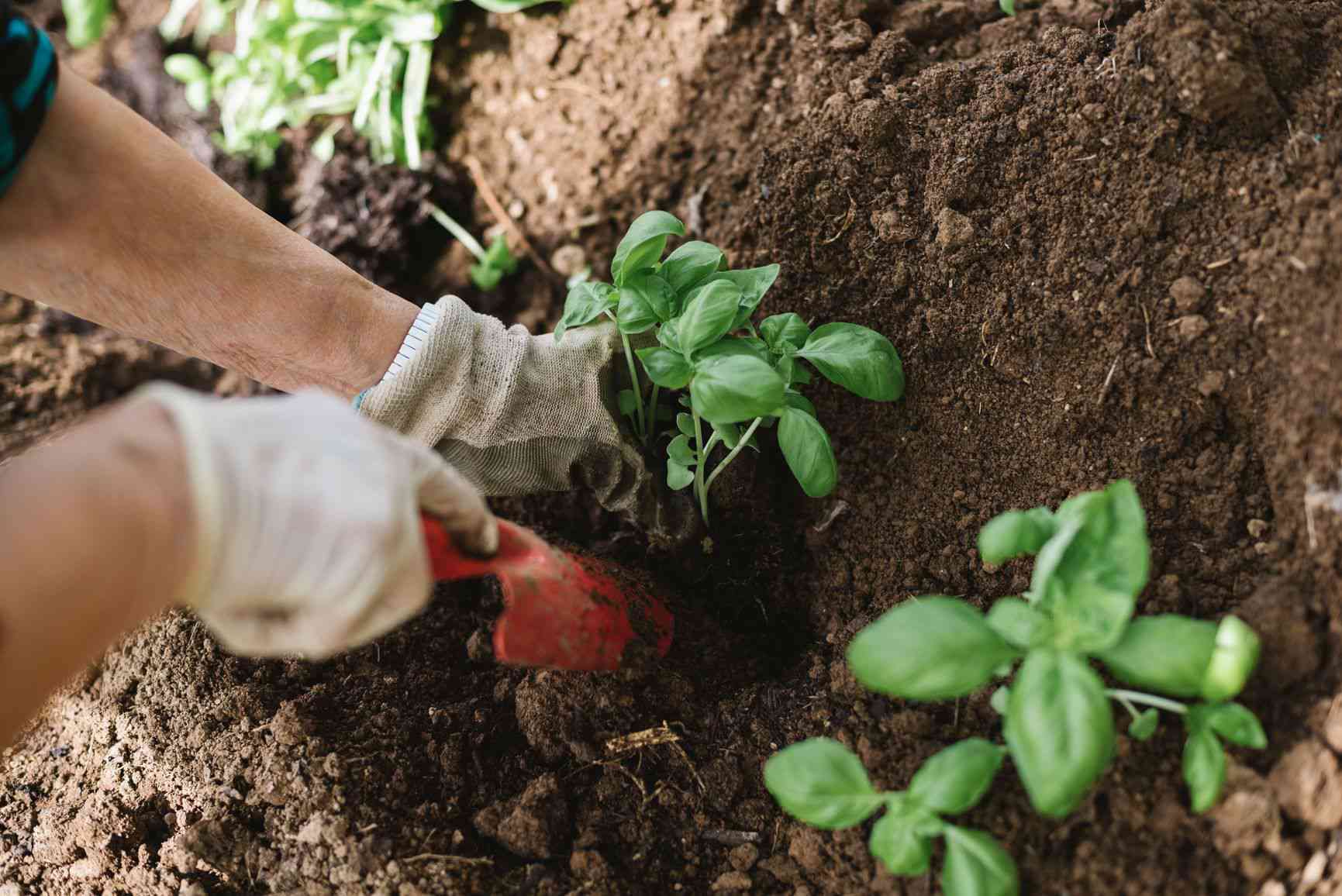




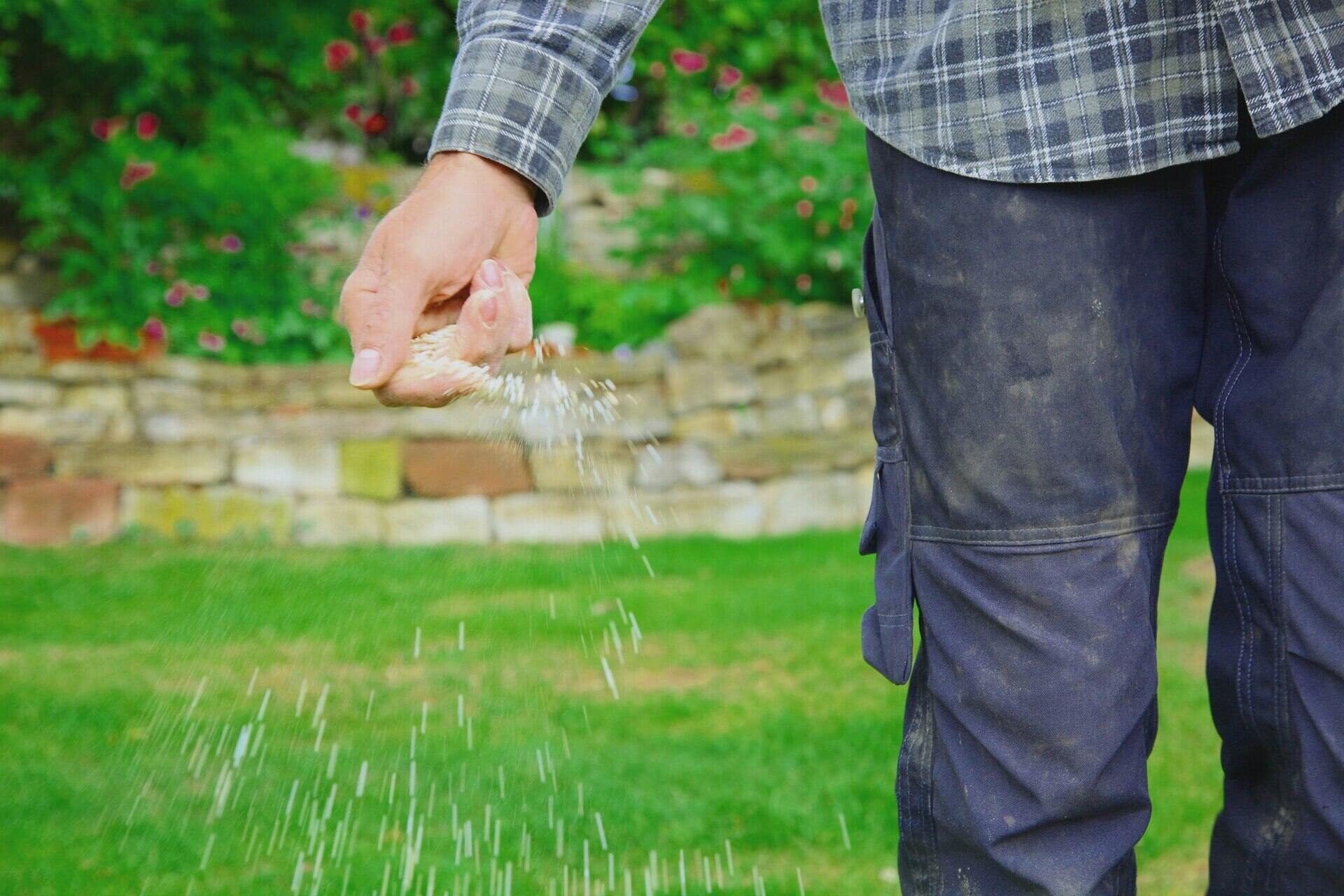
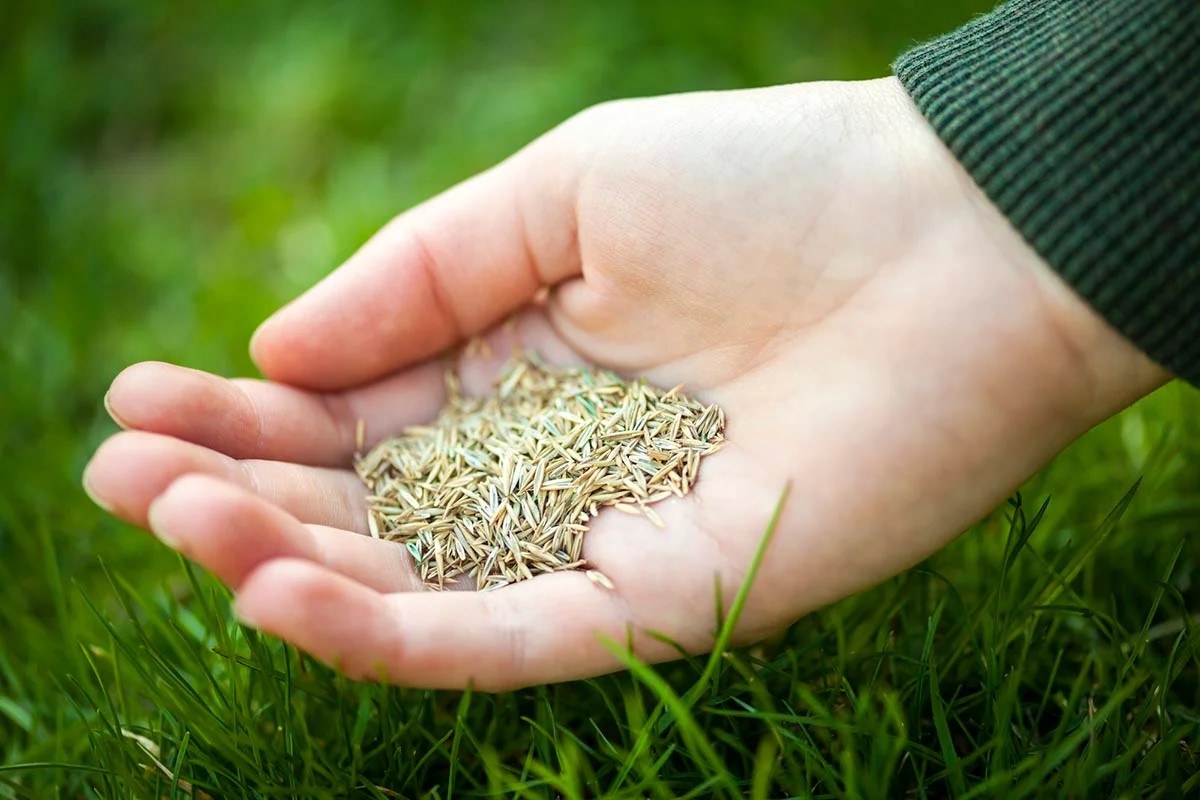

0 thoughts on “When Can I Plant Grass Seed”